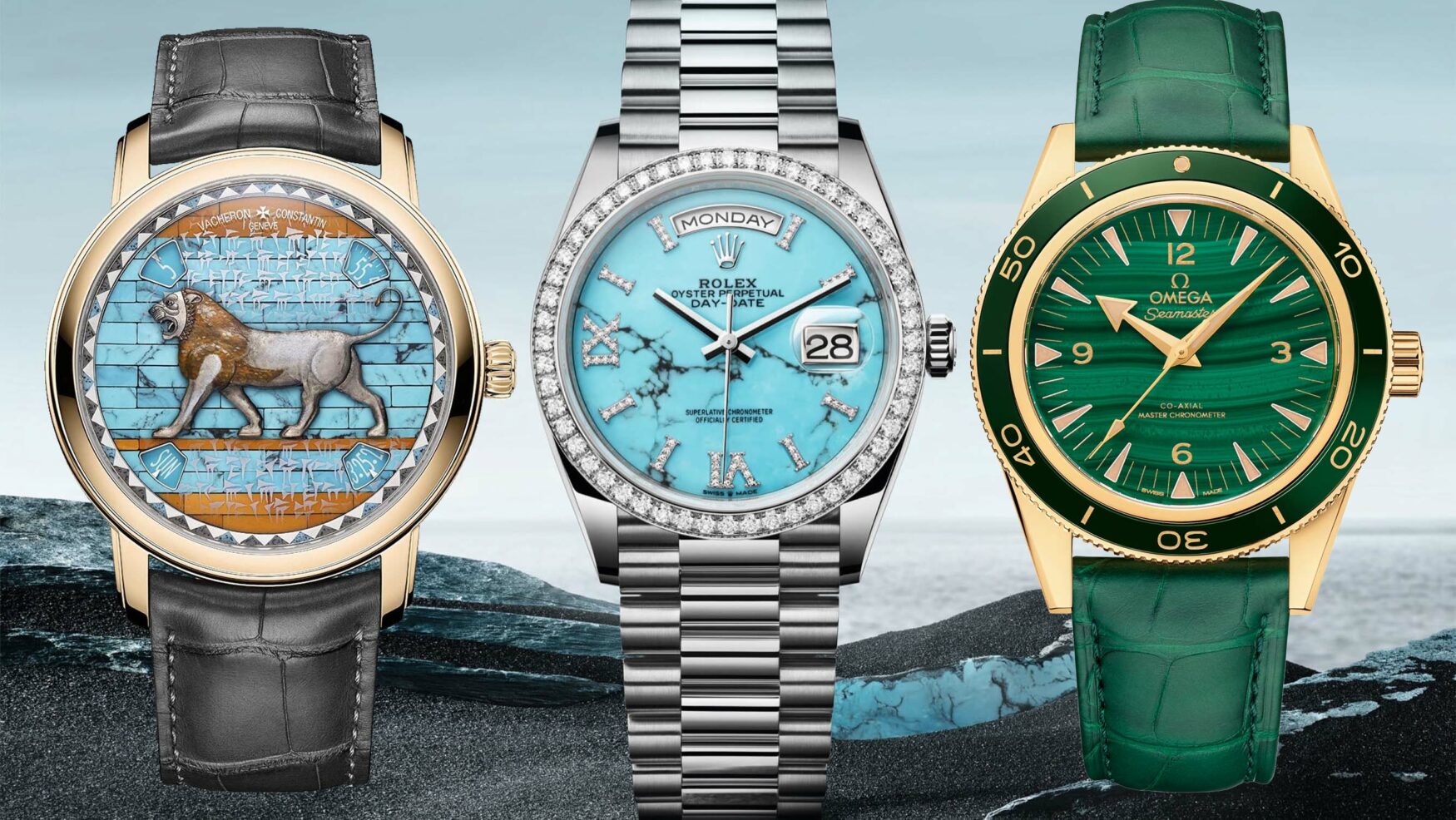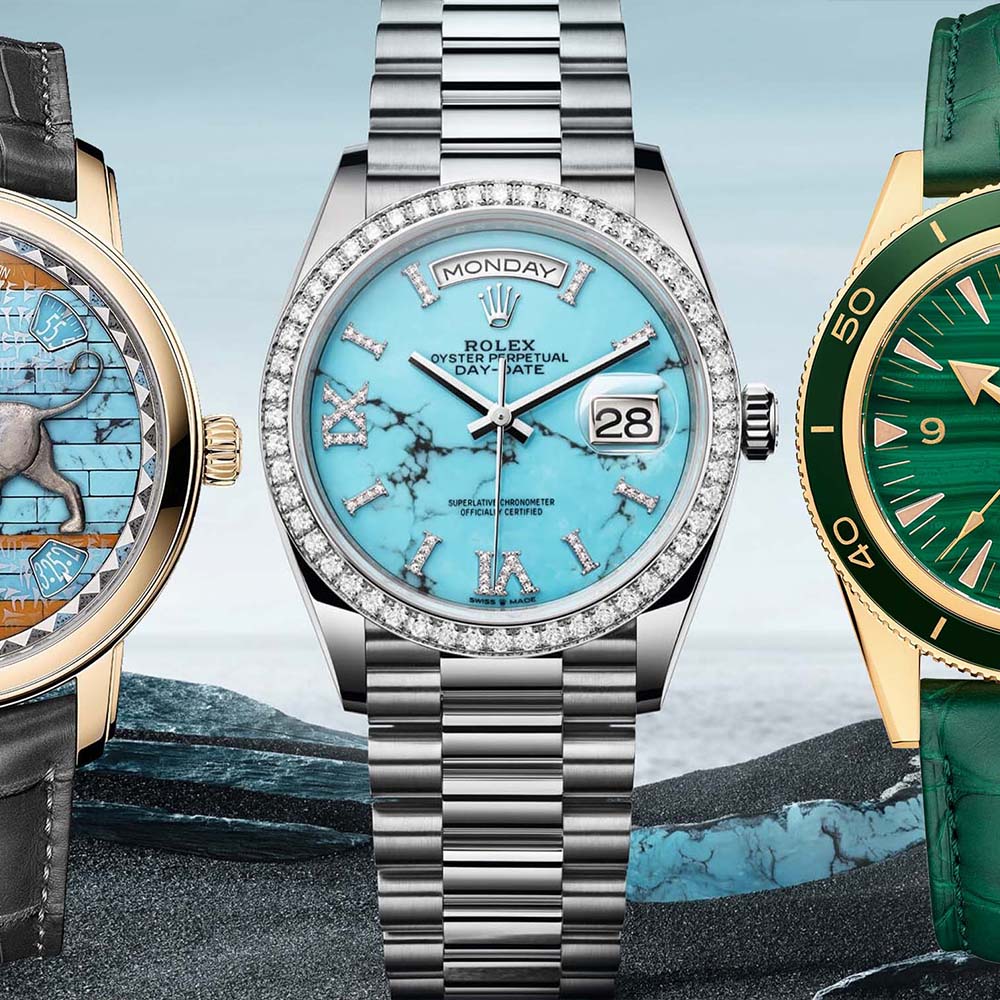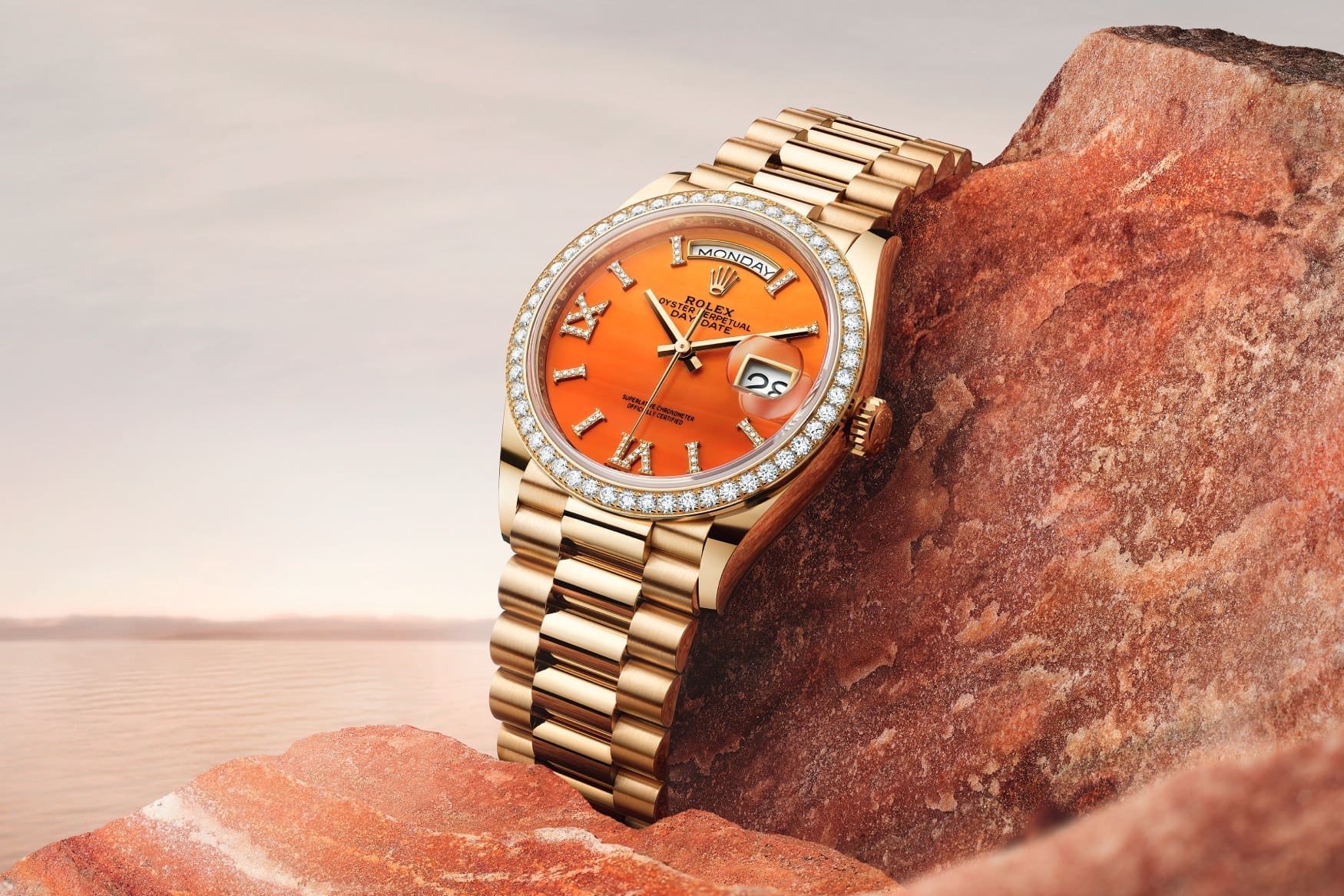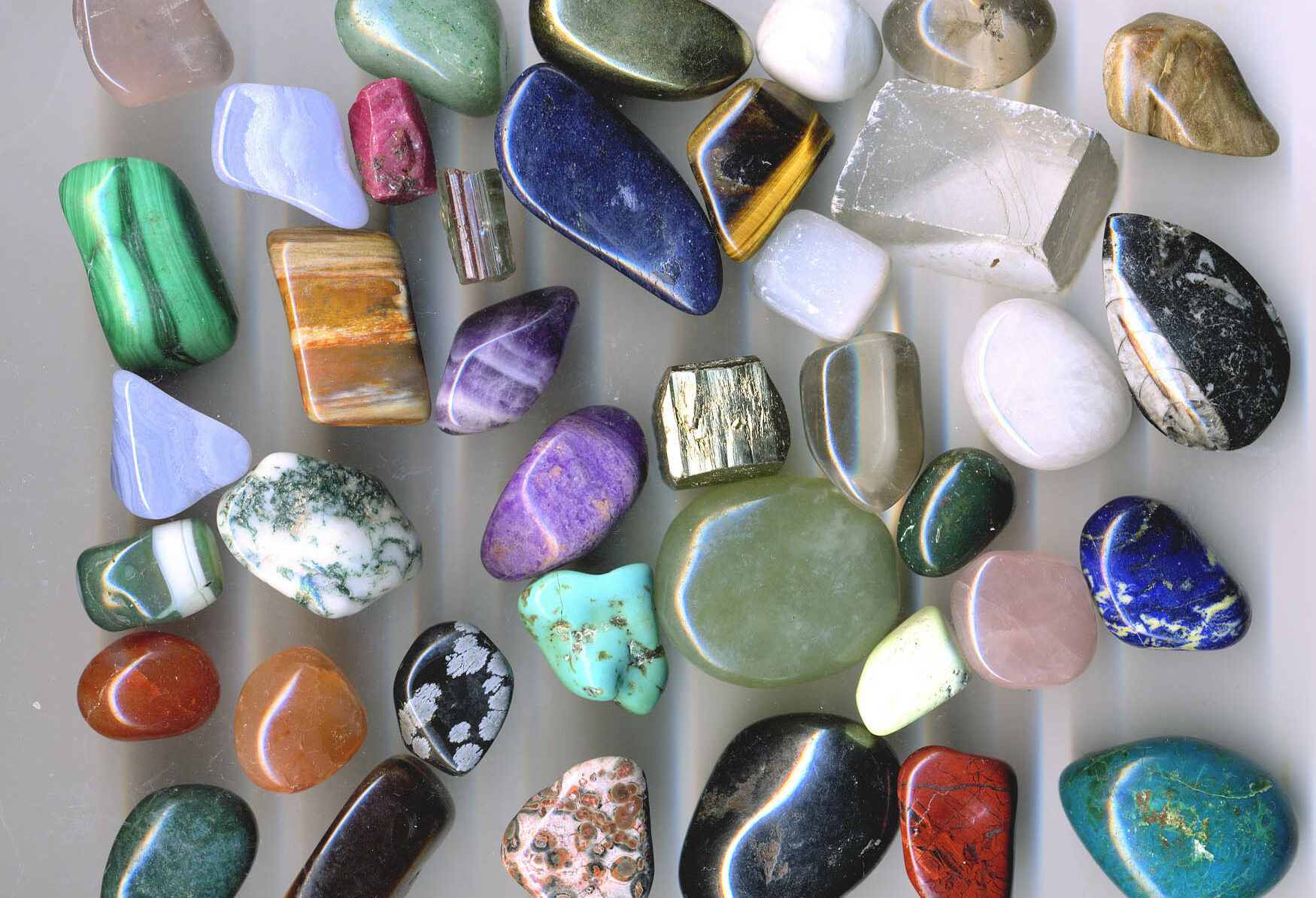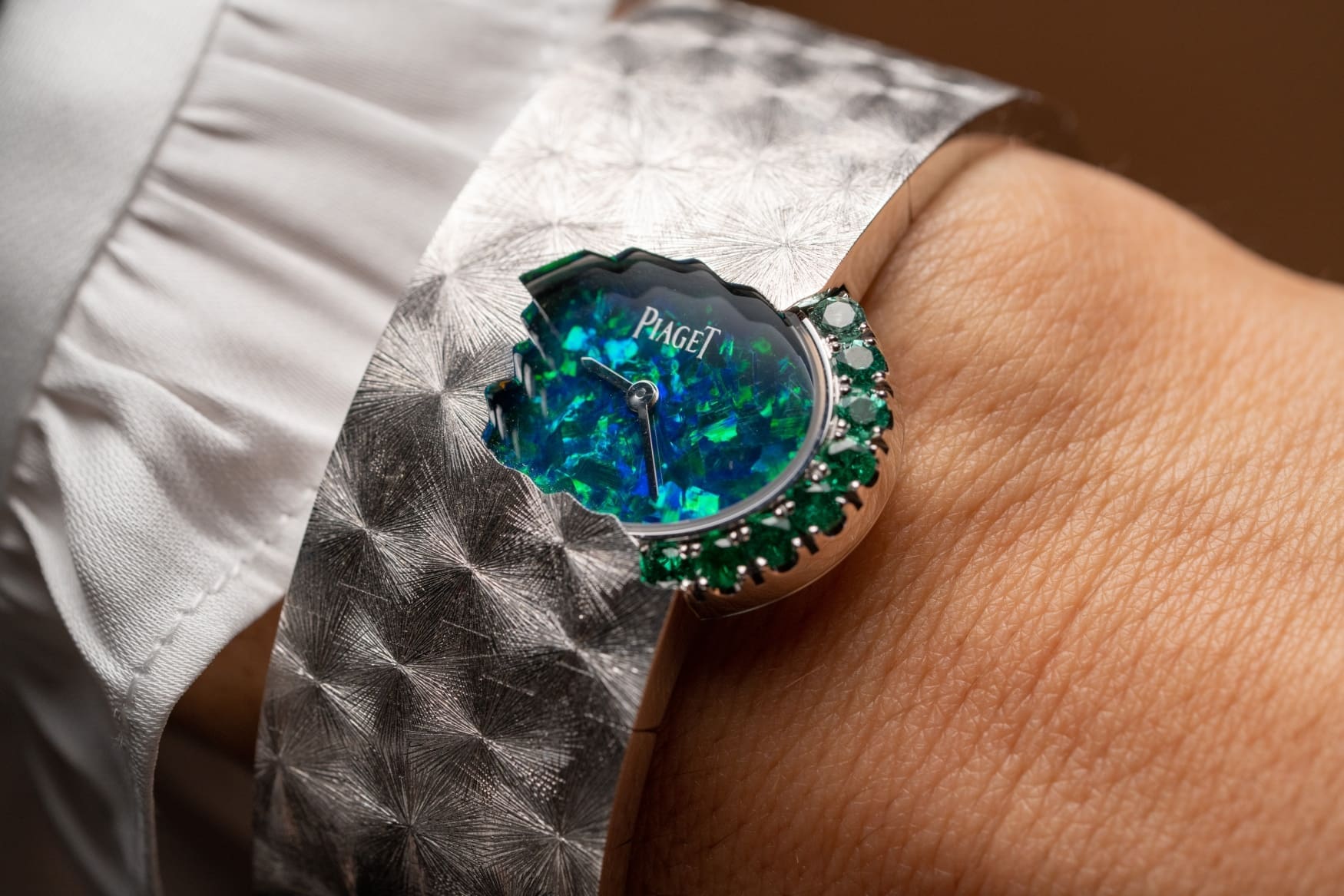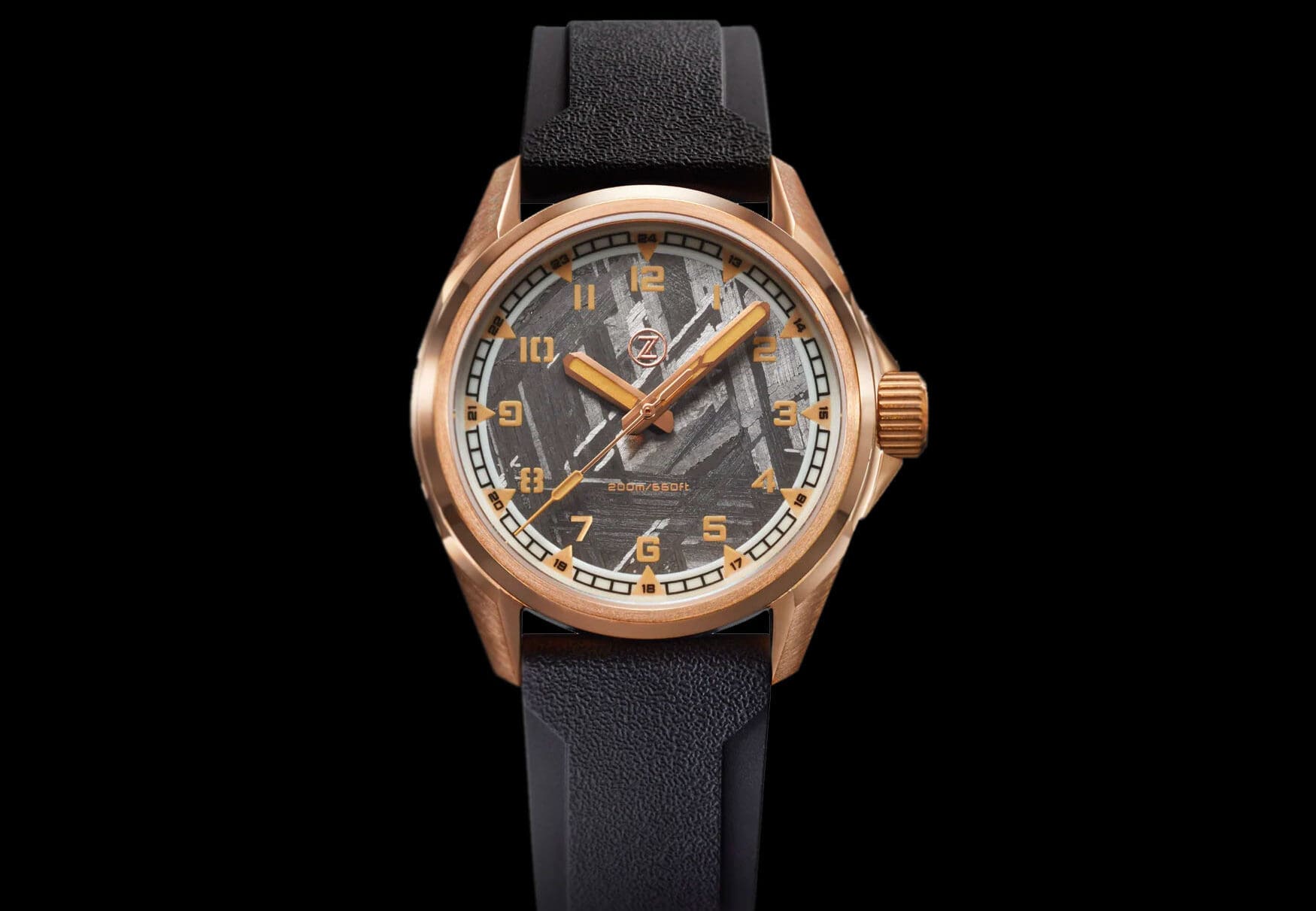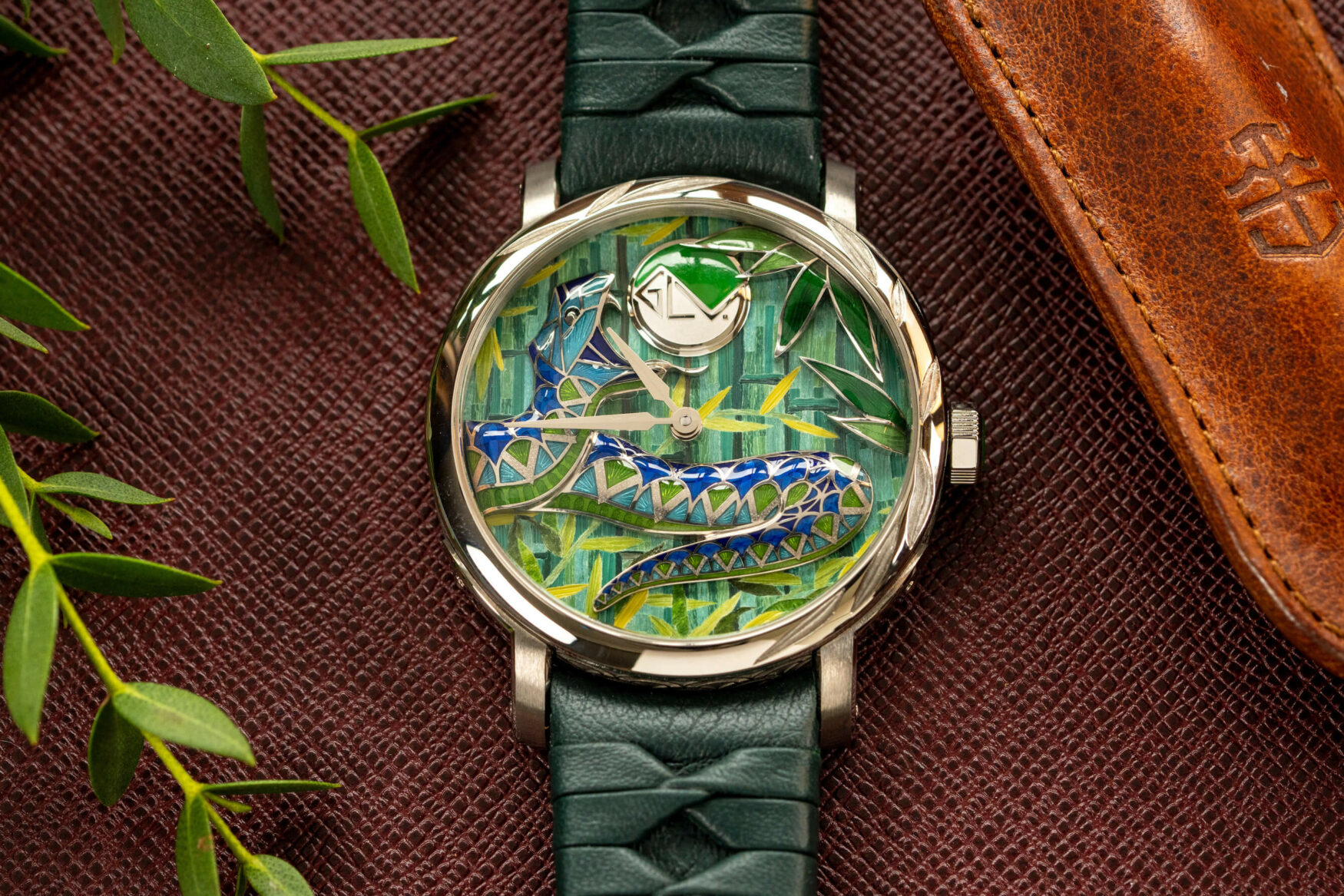How much do stone dials actually cost?
Buffy AcaciaThere’ll always be a fascination with the cost of raw materials in watchmaking, even though we all know that the final price also has to account for labour, development, and a myriad of other costs. It’s pretty easy to calculate the price difference between a watch made of solid gold and another out of platinum, but what about smaller components? Stone dials have carried a lot of prestige over the years, and having now returned to popularity we should take a closer look at the premiums we’re paying for them.
Firstly, let’s assess which stones actually get used in watchmaking and where they come from. Scratching one off the list immediately is aventurine, which is actually glass impregnated with copper dust to make it sparkle. Natural aventurine is a form of quartz that’s green with grey speckles, and isn’t used much except by the Omega Constellation and new Bulgari Serpenti. Meteorite has been incredibly popular and almost exists outside of other stones because of its masculinity and greyscale appeal. Most samples come from the Gibeon meteorite which has been protected by the Namibian government since 1950, but it’s still readily available from the mass of old material. Tiger’s eye really has a ’70s flair with its yellow, orange and brown tones. Its iridescent effect is called chatoyancy, and it’s mesmerising. It comes from all over the world really, with some of the top sources being Australia, Myanmar and India. Malachite is also incredibly abundant, and is usually collected as a byproduct of copper mining. Carnelian is the reddish variety of chalcedony, meaning it’s made up of microscopic quartz crystals that give it a soft translucency, similar to the way that light diffuses in marble. Peru, Sri Lanka and Thailand are its most significant sources. Onyx is the black variety of chalcedony, and it usually forms in dramatic banded layers of black and white before it’s sliced up for black watch dials. The best examples come from Uruguay, Brazil, and Argentina. Turquoise is actually a phosphate of copper and aluminium, and it’s been valuable for thousands of years with a lot of spiritual connotations. It’s known for its occurrence in Iran, Sinai in Egypt, and the United States, specifically Arizona. Lastly, we can’t forget about lapis lazuli and its rich blue intertwined with golden veins. It’s most commonly found in Afghanistan, though it’s also mined in the Lake Baikal region and Andean mountains.
To be honest, there’s almost no correlation between semi-precious stones and precious metals. They can’t be used as currency, and there certainly isn’t a globally-recognised price set per gram of material. The value depends on all sorts of factors, from where the stone came from, to how it was processed, and most importantly, what it looks like. Then, you need to consider the kinds of stones used on the dials themselves. By-and-large, they’re classified as semi-precious stones, meaning they’re desired but also abundant. If you want a sample of tiger’s eye, malachite, aventurine, carnelian or any of the other commonly-used stones in watchmaking, you can go to any local crystal shop and pick up a few tumbled examples for pocket change.
The ugly truth is that stone dials really aren’t worth that much either. The most expensive variety is most likely Australian black opal, which can actually command some of the highest prices per carat of any stone in the world. Even then, when they’re used by the formidable likes of Piaget and Jaquet Droz, the slices they cut can be as thin as 0.4mm, drastically reducing its value. Malachite for example is just low-grade copper ore. You could buy enough malachite for 1,000 watch dials for less than US$200 quite easily, bringing the total per-unit expense below 20c.
And yet, we know that raw materials aren’t everything. Prestige and marketing certainly play a role in the price inflation of stone-dialled watches, however, there is a legitimate issue with the manufacturing process that can increase costs. As natural resources, gemstones are inherently irregular and unpredictable. That’s wonderful for your finished watch with its own unique patterning, but cutting thin slices of an unreliable material will absolutely result in some breakage. Different faults such as cracks or other mineral inclusions create weak points throughout stones, and the stress of cutting will result in fractures unless extreme caution is taken. This is where manufacturers have to compromise, because thinner dials result in higher profit margins and slimmer watches, but thicker slices will reduce the amount of loss and the overall delicacy for subsequent steps of applying markers and eventually having the hands removed during a service.
As for the prestige, it seems like the veil of exclusivity has slipped away from stone dials. They may have been introduced by Piaget and brought to the moneyed masses by Rolex, but now there are some incredibly affordable watches available. Microbrands like Signum and Zelos are great examples of quality watches with beautiful stone dials, and most of their products can be had for less than US$500. Stepping up into the entry-luxury range introduces the affordable Swiss brands like Mido with its Baroncelli Wild Stone watches and Louis Erard with its Excellence Petite Seconde. That doesn’t necessarily mean that luxury watches with stone dials shouldn’t be expensive, but they’re expensive because they’re luxury items and not because their dials are rare.
If you really want an exceptional stone dial, stone marquetry is the answer. Rather than focusing on the cost of the gemstones themselves, marquetry is an art form which requires a high level of craftsmanship. Using natural textures and colours, artisans can create stunning depictions of any scene imaginable. My personal favourite example is the Vacheron Constantin Métiers d’Art Tribute to Great Civilisations Lion de Darius, but other notable works are the Louis Vuitton Escale Cabinet of Wonders and the Bulgari Tadao Ando Serpenti. The hours required to assemble these dials add up quickly, and it’s unlikely that kind of effort will ever be made for a budget-oriented watch.




